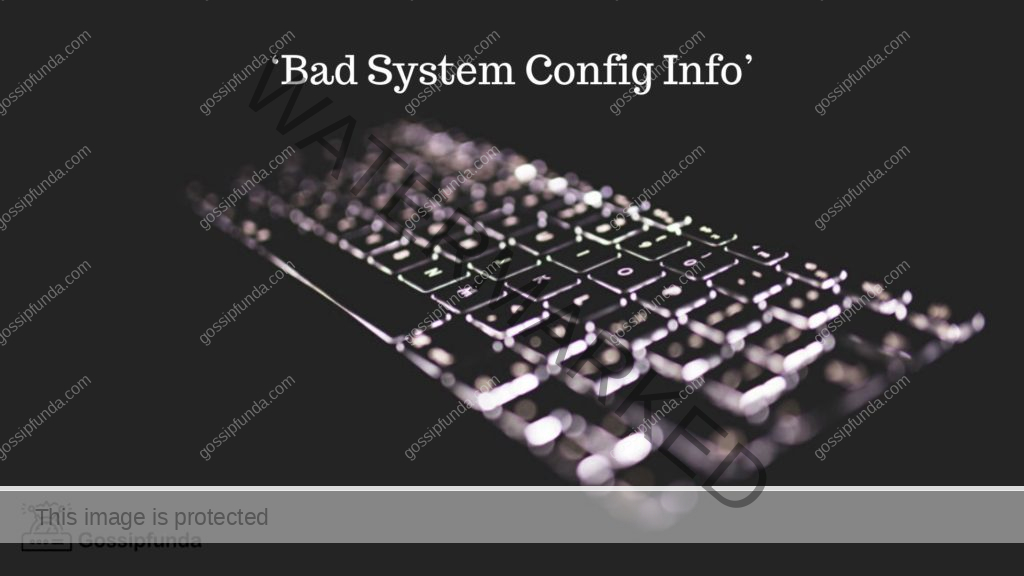An essential part of Windows Defender Antivirus, which scans your computer for viruses and malware, is the Antimalware Service Executable. However, customers have complained that the Antimalware Service Executable process uses a lot of memory, which affects performance and slows down computers. In this post, we’ll talk about the reasons why the Antimalware Service Executable process utilises so much RAM and offer possible fixes to the problem. This article will give you detailed instructions on how to resolve the issue and enhance the overall performance of your computer, whether you want to decrease scanning frequency, disable real-time protection, use a different antivirus programme, add exclusions to Windows Defender, update your operating system, or upgrade your hardware.

Causes of antimalware service executable high memory
Scanning interval:
This process checks your computer for malware and viruses using memory. By default, Windows Defender Antivirus frequently scans your computer, which may use a lot of RAM.
Real-time defence:
Real-time protection is a feature of Windows Defender Antivirus that continuously scans your computer for threats. Also, Real-time scans carried out by this feature utilise memory, which can result in significant memory use.
Independent antivirus programmes:
Both programmes might be running simultaneously if you use Windows Defender Antivirus in addition to a third-party antivirus programme, which would result in significant memory utilisation.
Exclusions:
By default, Windows Defender Antivirus checks all files and processes, even those that are safe.
Malware contamination:
The Antimalware Service Executable process may utilise an excessive amount of RAM if your computer is infected with malware.
Damaged file:
Your computer’s corrupted files may be to blame for the Antimalware Service Executable process using too much memory.
Obsolete software:
Memory problems might be brought on by outdated software, which also contributes to high memory utilisation by the Antimalware Service Executable process.
A surplus of active programmes:
The Antimalware Service Executable process may require a lot of memory if several programmes are running concurrently.
Inadequate memory:
The Antimalware Service Executable process may consume an excessive amount of memory if your computer is under-RAMed.
Issues of compatibility:
This process may take a lot of memory if there are compatibility problems with Windows Defender Antivirus or other programmes on your machine.
How to fix antimalware service executable high memory
Reduce the frequency of scanning:
Memory use can be decreased by lowering how frequently Windows Defender Antivirus scans. Regular virus and malware scans performed by Windows Defender Antivirus might be resource-intensive. You can decrease the amount of RAM required by the Antimalware Service Executable process by lowering the frequency of these scans.
Turn off real-time defence:
Windows Defender Antivirus has a function called real-time protection that continuously scans your machine for threats. Even though this feature helps keep your computer secure, it can consume a lot of memory. Real-time protection can be turned off to save memory utilisation by the Antimalware Service Executable process, but doing so leaves your machine open to malware and viruses.
Use antivirus software from a third party:
The Antimalware Service Executable process can use less memory if you use a reliable third-party antivirus programme. Since third-party antivirus software is made to use fewer resources than Windows Defender Antivirus, it can help your computer run more smoothly.
Increase Windows Defender’s exclusions:
By adding exclusions to Windows Defender, you can avoid having certain trusted files or processes scanned, which can save RAM. For instance, you can add a programme or file to the exclusion list if you trust it so Windows Defender won’t scan it. The Antimalware Service Executable process’s memory use may be decreased as a result.
Delete any virus occurrences:
Malware might make the Antimalware Service Executable process consume a lot of RAM if your computer is infected. To get rid of any infection, run a complete computer scan with Windows Defender Antivirus or another trustworthy antivirus programme.
Restore damaged files:
Your computer’s corrupted files may be to blame for the Antimalware Service Executable process using a lot of RAM. To check for and fix any corrupted files on your computer, use the System File Checker application. This can decrease memory utilisation and help your computer run more efficiently.
Reinstall software:
The Antimalware Service Executable process can use less RAM if Windows Defender Antivirus and all other programmes on your machine are updated. Bug fixes and speed enhancements are frequently found in software updates, which can help your computer run more efficiently.
Close out of the way programmes:
This process can use less memory if you close any superfluous programmes or processes on your computer. Close any unnecessary programmes or processes by utilising the Task Manager to find out which ones are consuming the most RAM.
Increase RAM:
This process can use less memory and perform better on a PC with more RAM. The performance of your computer might be enhanced by installing extra RAM if it is running low.
Turn off Windows Defender antivirus software:
Although totally turning off Windows Defender Antivirus may leave your machine open to malware and viruses, it can make the Antimalware Service Executable process consume less memory. If you have installed a reliable third-party antivirus programme, only give this choice some thought.
Windows Defender antivirus reset:
Any problems with the programme can be resolved, and resetting Windows Defender Antivirus will use less memory when the Antimalware Service Executable process is active. Going to Windows Security, selecting App & browser control, selecting Reputation-based protection settings, and then selecting the Reset now button will accomplish this.
Read more: Yes, Your Mac Does Need Antivirus Protection
Improved hardware:
If none of the aforementioned options work, increasing the hardware in your computer may be able to help the Antimalware Service Executable process use less memory. To enhance performance, think about upgrading to a faster processor or installing a solid-state drive (SSD).
Conclusion
Windows Defender Antivirus, which aids in protecting your computer from viruses and malware, includes a component called the Antimalware Service Executable. It can, however, consume a significant amount of RAM, which can affect your computer’s speed. The Antimalware Service Executable process can use less memory by reducing scanning frequency, disabling real-time protection, using third-party antivirus software, adding exclusions, removing malware infections, fixing corrupted files, updating software, closing unnecessary programmes, upgrading RAM, turning off Windows Defender Antivirus, resetting Windows Defender Antivirus, and upgrading hardware. You may enhance your computer’s functionality and ensure that it is kept safe from dangers by putting these suggestions into practice.
FAQs
The Windows Defender Antivirus programme changes or new security patches may cause the Antimalware Service Executable process to require a lot of RAM after a Windows update.
Since Antimalware Service Executable is a vital component of the Windows Defender Antivirus programme that aids in protecting your computer from viruses and malware, it is not advised to completely disable it.
The Antimalware Service Executable process may consume a lot of RAM following a malware scan since it needs to analyse the scan results and quarantine any malware found.
Too many exclusions can weaken Windows Defender Antivirus’ protection capabilities and leave your computer open to dangers.
Your computer’s performance may be enhanced and the Antimalware Service Executable process’s use of memory may be decreased by upgrading your hardware, such as by adding more RAM or switching to a faster processor.
It is not advised to run numerous antivirus programmes on your computer since they may interfere with one another and slow it down.
No, restarting Windows Defender Antivirus just restores the program’s default settings and configurations.
High memory utilisation is frequently associated with high CPU usage by the Antimalware Service Executable process. You should experience a drop in CPU consumption if you use the suggestions in this article to lower memory usage.
Even when your computer isn’t in use, Antimalware Service Executable may be using a lot of memory because it can be working in the background on tasks like scanning for updates or monitoring for threats.
If Windows Defender Antivirus is disabled on a network, both your machine and the network may become subject to security risks. It is advised to maintain Windows Defender Antivirus turned on and to make sure that reliable antivirus software is installed on each device connected to the network.
Divyansh Jaiswal is a B.Tech graduate in Computer Science with a keen interest in technology and its impact on society. As a technical content writer, he has several years of experience in creating engaging and informative content on various technology-related topics.
Divyansh’s passion for writing and technology led him to pursue a career in technical writing. He has written for various publications and companies, covering topics such as cybersecurity, software development, artificial intelligence, and cloud computing.
Apart from writing, Divyansh is also interested in exploring new technologies and keeping up with the latest trends in the tech industry. He is constantly learning and expanding his knowledge to provide his readers with accurate and up-to-date information.
With his expertise in both technology and writing, Divyansh aims to bridge the gap between complex technical concepts and the general public by creating easy-to-understand content that is both informative and enjoyable to read.


